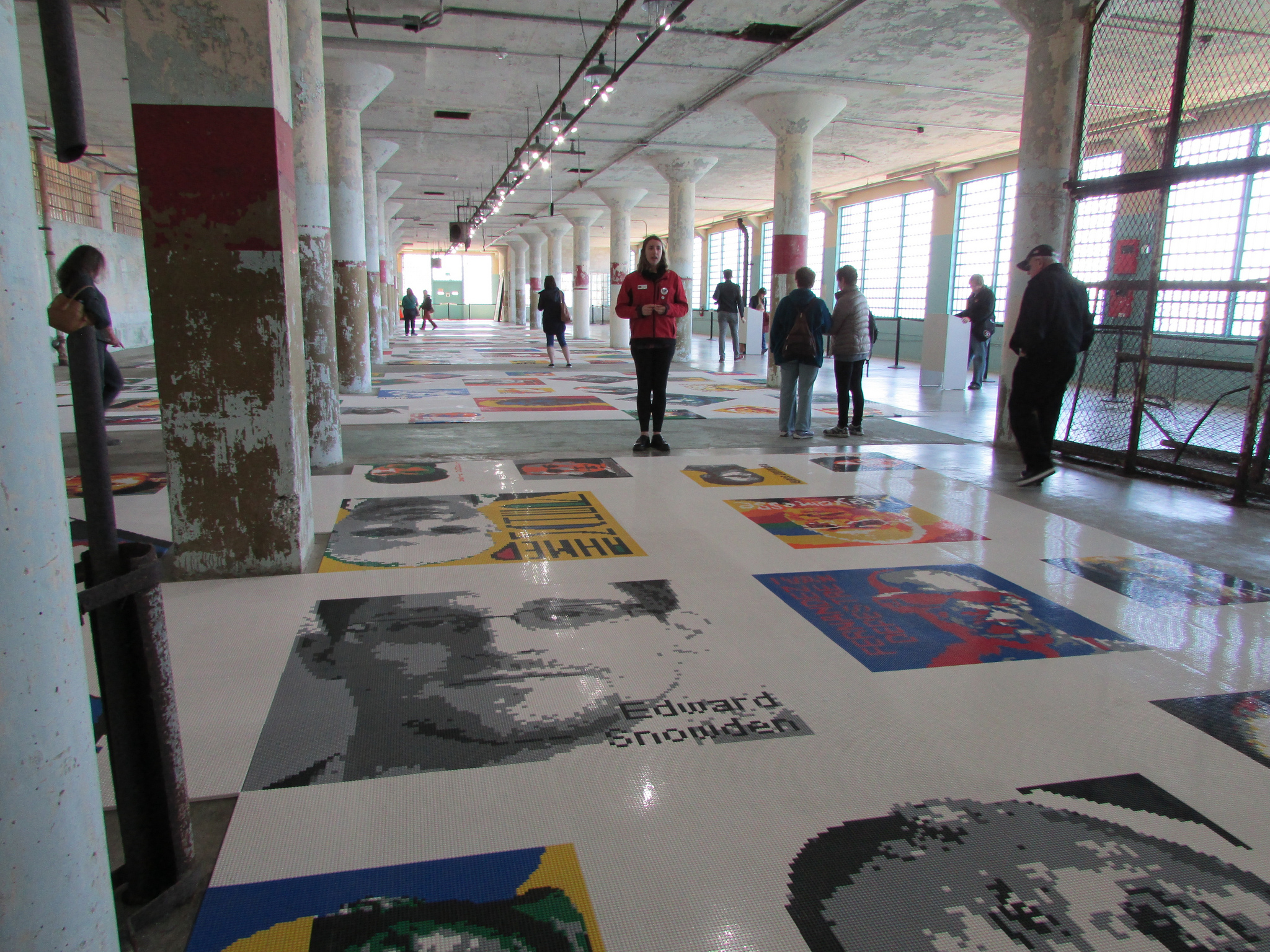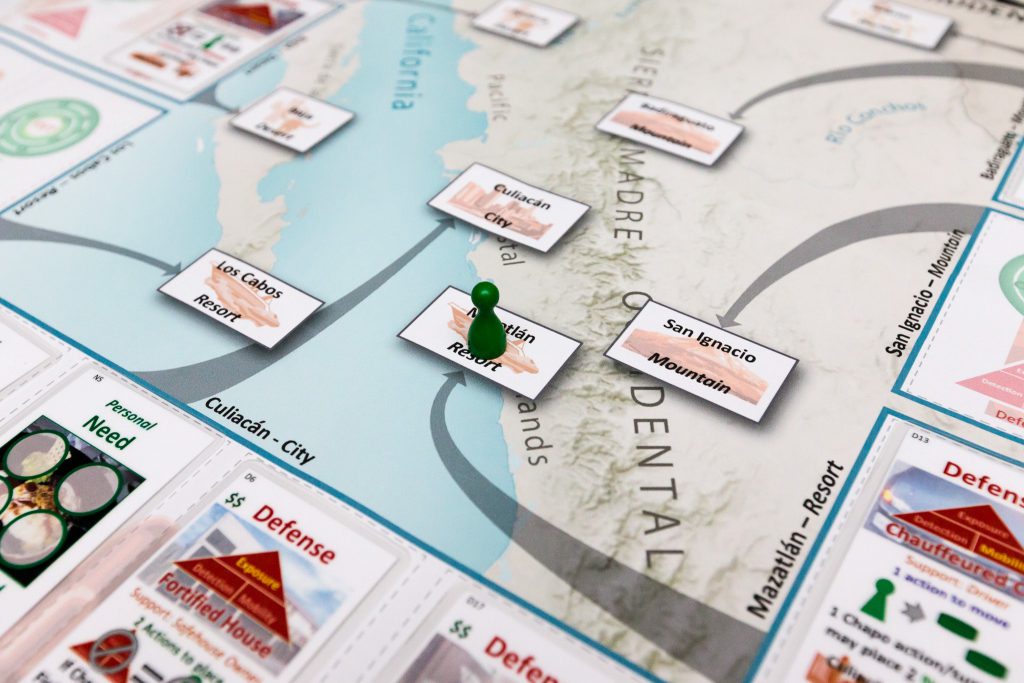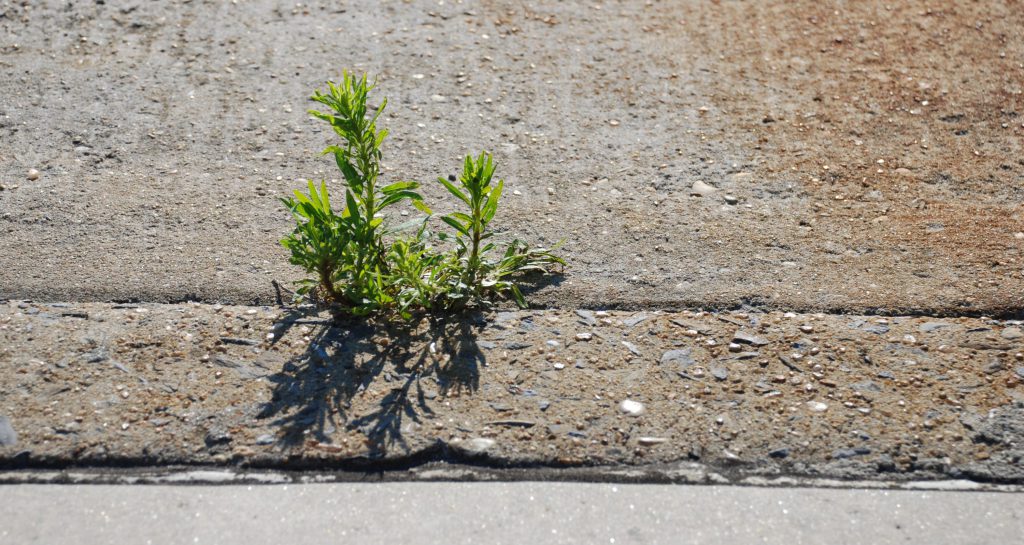Play Digest is our weekly link pack of themed recommended reading — items we enjoyed or found interesting and hope our readers will too. LEGO, everyone’s favorite Danish building toy, has been in the news lately.
It came as a surprise last month when the company announced a major round of layoffs, but this week came the happier news of a “women of NASA” set that will feature astronomer Nancy Grace Roman, computer scientist Margaret Hamilton, and astronauts Sally Ride and Mae Jemison. LEGO’s philosophy—that learning through play promotes innovation and creativity—is no longer groundbreaking, but its product continues to be fodder for researchers, scientists, and psychologists who have tapped the potential of the toy to illustrate the nimbleness of the human mind.
LEGO is serious play for many psychologists. Researchers are looking at the act of building with LEGO—and the results—as conceptual spaces to learn about play psychology and how to apply it to teaching the psychology of creativity itself.
Maybe some people spend too much time on LEGO: “It is clear that our participants treated LEGO people differently than LEGO nonpeople.”
Academics are looking at the rigidity of LEGO kits and are advocating for the right to “un-make.”
Related: does following the instructions make people less creative? Perhaps. Here are some people who go off-piste with their LEGO building:
Designer Milan Madge built a huge Leica camera in his free time.
Architects at Bjarke Ingels Group (BIG) have completed an institutional project for LEGO in the company’s home-base of Billund, Denmark: the 12,000-square-foot Lego House.
In 2015, Olafur Eliasson hosted The Collectivity Project on New York’s Highline, a massive collective build that used only white bricks.
Japanese children reimagined their country in 1.8 million bricks during the “Build Up Japan” event in 2012.
Ai Wei Wei both addressed a political controversy in LEGO form, while LEGO courted some in its response to the project. This project, Trace, is currently on view at the Hirshhorn Museum in Washington, DC.
Check in next week for a new roundup of the latest play news and stories.
(Image credit: Ai Wei Wei’s Trace installed at Alcatraz prison in 2014 courtesy of Glen Bowman via Flickr.)












